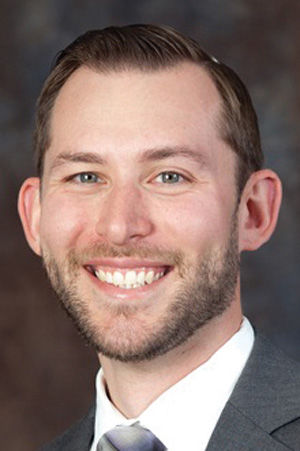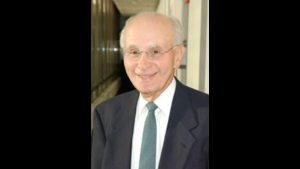Reading and feeling the signs, and moving on
Published May 30, 2018
People often ask me how I chose to be a rabbi. For many, if not most, the decision to lead a life of religious service is at least a little odd.
“There must be a story,” a neighbor of mine said recently.
Often, however, my story is a letdown. Making big decisions can be a daunting proposition for anyone. Additionally, I tend to agonize over things like major purchases for weeks or months, comparing all the data I can find to make sure I get the right thing for me. It can be frustrating, and sometimes paralyzing, to figure out which way to go.
ADVERTISEMENT
As the brilliant Dr. Seuss said in “Oh, the Places You’ll Go!”: “Simple it’s not, I’m afraid you will find, for a mind maker-upper to make up his mind.”
So, when people ask me how I decided to become a rabbi, they assume I must have wrestled with the idea for years, looking at all of my interests and skills, figuring out the life I wanted to lead and finally coming to a decision. Maybe, they assume, I grew up at a Jewish day school, then onto a Ramah camp, and was president of my college Hillel board, all the while following a Jewish leadership path step by step, but this was not my journey.
In truth, it just felt right.
I have been blessed to have extraordinary mentors along my way, but the one who most affected me was Rabbi Ron Shapiro, the rabbi I grew up with in Milwaukee. He showed me an example of how profoundly a rabbi can affect individuals, families and communities, and he gave me an opportunity to see behind the curtain and try my hand at rabbinic work while I was still in college.
I was preparing to be a psychologist when, somewhat unexpectedly, I fell in love with the work that rabbis do: learning, teaching, being a presence at life-cycle events, delivering sermons, fighting injustice and building up a community in millions of positive ways. And ever since, it has felt like my calling.
ADVERTISEMENT
How many times have we felt as though something just clicked into place or, alternatively, that something was just a little bit off, even if we couldn’t put our finger on what it was? Often, these internal signs are helpful guideposts on our way through life.
Parashat B’ha’alotecha teaches us a lot about paying attention to what life is telling us. It describes how the Jewish People proceeded from their stationary lives as they received Torah at Mount Sinai and began 40 years of wandering through the wilderness. They did not move every day, however, nor did they randomly choose a day to pick up and leave. The text describes a signpost, God’s presence embodied in a cloud that came to rest as the people ceased their travels and lifted from the ohel moed, the Tent of Meeting, when it was time to move on.
Rashi, the 11th century French commentator, adds that it wasn’t until Moses noticed the cloud lifting, recognized it as a sign that it was time to move, and then explained it to the people that they started the next leg of their journey.
It is not enough to have signs or indications; we have to see them, feel them, take the time to understand what they might mean for us, and then find a way to move forward. We might feel unhappiness or discomfort or peaceful fulfillment, but until we can look inward and process these feelings, we can’t make the change we need to move on to something else.
Making a transition in life doesn’t always mean we are ascending to a higher plane, but it does mean that we are called to something different. For many of us, especially at this time of year, we are moving on to new phases in our journeys: a new year of school for ourselves or the children in our lives, new jobs, new relationships, new cities, new adventures. For others, now is a time to reflect on the past few months of holidays, celebrations, illnesses, trials and successes while the summer months slow things down a bit.
Wherever you’re at today, change comes, sometimes in dribs and drabs each day, and sometimes in a tidal wave of unexpected novelty. Each of us has a vision for what our life might be, but we need to be open to the possibilities that present themselves along the way.
Where we end up might not be where we planned, but if we pay attention to the signs we see and feel along the way, we might be able to make it to our own life’s Promised Land.
Rabbi Scott Shafrin is assistant rabbi/religious school director at Kol Rinah and a member of the St. Louis Rabbinical Association, which coordinates the weekly d’var Torah for the Jewish Light.
















